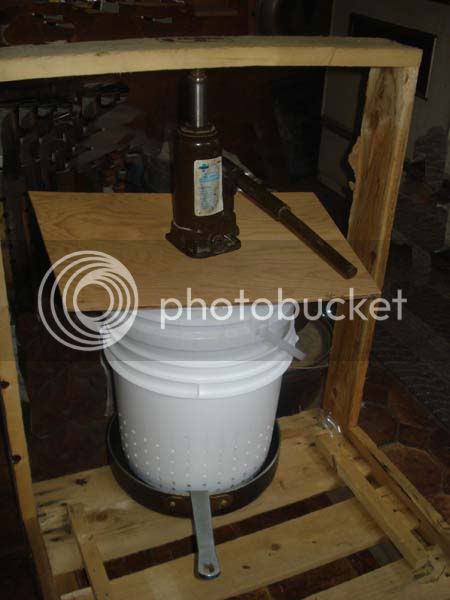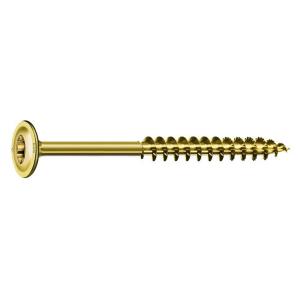Old Philosopher
Amateur
- Joined
- Oct 22, 2009
- Messages
- 764
- Reaction score
- 12
Inspired by Luc's Bucket Press, and a BFO (Blinding Flash of the Obvious), I solved my problem of pressing apples this year.
I got two buckets (3 gal and 5 gal) from my local bakery for $5 total. I made the little one into the strainer, and the rest of the mess was scrapped together. The 1x4 boards are oak...probably a better choice than pine.
Anyway, if anyone else here is into innovation to overcome obstacles, here's the result.

I got two buckets (3 gal and 5 gal) from my local bakery for $5 total. I made the little one into the strainer, and the rest of the mess was scrapped together. The 1x4 boards are oak...probably a better choice than pine.
Anyway, if anyone else here is into innovation to overcome obstacles, here's the result.








